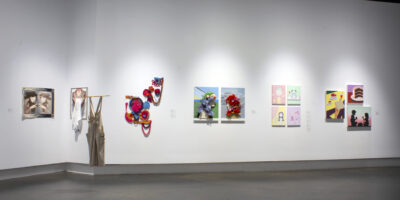Hello, and welcome to the final edition of Music through the (p)Ages for this term. We’ve come a long way, from the humble beginnings of classical music, through the defining ages of jazz, rock, and country, and now we arrive on the brink of a new style of music. But before I talk about some newer, contemporary music, I want to take a while to talk about one of my favourite genre’s: Indie music.
“Indie” stands for independent music, and is a relatively new term. Only recently are artists able to break away from being a part of the large record companies and are able to promote themselves. While the term “indie” is meant to stand for all independent musicians, it is interesting to note that there is also a specific style that arose from these independent artist, and a sound that can only be heard from these smaller groups.
The biggest thing about indie groups is that they all strive to create their own unique sound. Because of that, not only does every group sound different, but it is rather hard to pick out the defining details of this genre, because what may hold true for some artists does not for others. They also often blend many styles to create their sound. For example, you can hear Sleeping In by The Postal Service use a strong synthetic drum track, something common in electronic music (shame I didn’t get time to talk about it), combined with some soft bells synth and an electric guitar. Not really a genre of its own. In contrast, I am a Heart by Hey Ocean starts a rock song with a flute riff! I guess the biggest uniting factor you can find for indie music is that they will bring brand new sounds into their music and always stay on the edge of the new musical genre.
Now, contemporary music is often the combination of very different genres of music. This definition encroaches upon the definition of indie music a lot. In fact, there isn’t a definitive line to where contemporary music starts. However, there are people well known for trying things that no one else has ever tried. These are the true contemporary artists, going where no-one else has ever gone before.
My personal favorite contemporary composer is Eric Whitacre. He is known for composing choral music, band music, but also for daring to go where no one else has gone before. The prime example of this (and contemporary music, in my opinion) would be his techno opera, Paradise Lost. Yes, he crossed electronic techno music with an opera and came out with rather surprising results. What If is a song whose dissonance somehow gets stuck in your head, and you won’t hear anything like Libertas Imperio anywhere else.
And with that, I bring this column to a close! It’s been an exciting term, exploring the world of music, and we only just scratched the surface. I could go on and on about electronic music, spend weeks on hip hop, and delve even further into jazz, classical, and every other genre. But I didn’t write this column to go into every type of music. No, I wrote it to show the massive diversity of music in our lives that we are blessed to have, and perhaps encourage you to dive a bit deeper into some new music you may have found interesting.
So, until next term, remember to listen to more great music and keep your passion alive!




Erna Van Daele, music director
Zachary, I’m trying to contact you, but your phone number on watiam doesn’t work